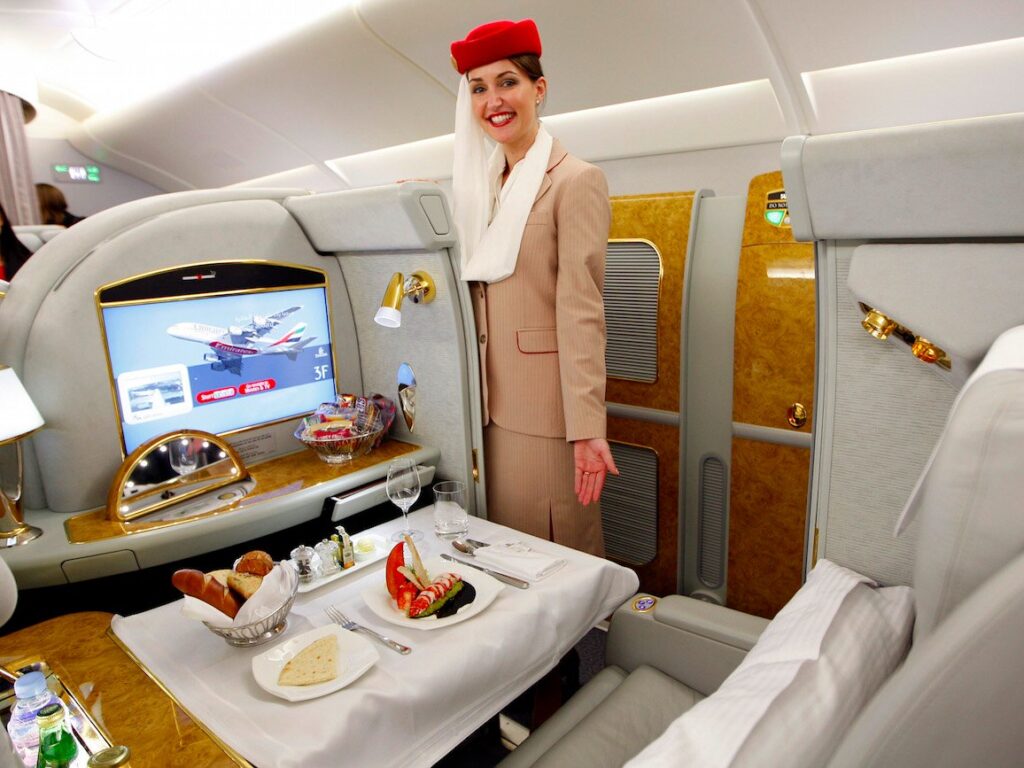This website uses cookies so that we can provide you with the best user experience possible. Cookie information is stored in your browser and performs functions such as recognising you when you return to our website and helping our team to understand which sections of the website you find most interesting and useful.

The Business of Business Travel: Navigating Corporate Flights
Business travel is an essential aspect of corporate life, facilitating face-to-face meetings, conferences, and networking opportunities. With the global economy becoming increasingly interconnected, business flights play a crucial role in driving commercial success. This blog post explores the intricacies of business travel, including the benefits, challenges, cost management, and the impact of technology on corporate flights.

Building Relationships
Business travel is instrumental in building and maintaining professional relationships. In-person meetings foster trust and rapport that can be challenging to achieve through virtual communication. These connections are vital for closing deals, securing partnerships, and nurturing long-term business relationships.

Expanding Markets
Corporate flights enable businesses to explore and expand into new markets. Traveling to different regions allows companies to understand local market dynamics, meet potential clients, and establish a physical presence, which can be pivotal for business growth.

Enhancing Productivity
Despite the rise of digital communication tools, face-to-face interactions often lead to more productive and efficient outcomes. Business travel facilitates direct communication, quick decision-making, and hands-on problem-solving, contributing to overall productivity.

Cost Management
One of the primary challenges of business travel is managing costs. Flights, accommodation, meals, and other travel-related expenses can add up quickly. Companies must implement effective cost-control measures to ensure that travel expenditures do not outweigh the benefits.

Challenges of Business Travel
Work-Life Balance
Frequent travel can take a toll on employees’ work-life balance. The demands of business travel, including long hours and time away from family, can lead to stress and burnout. Companies need to support their traveling employees by promoting wellness and offering flexible travel arrangements.
Logistical Issues
Coordinating travel logistics, such as booking flights, arranging transportation, and managing itineraries, can be complex and time-consuming. Unexpected issues like flight delays, cancellations, and lost luggage further complicate business travel plans.
Strategies for Cost Management
Travel Policies
Developing comprehensive travel policies helps companies manage costs effectively. These policies should outline guidelines for booking flights, selecting accommodations, and reimbursing expenses. Clear policies ensure consistency and control over travel-related expenditures.
Corporate Travel Programs
Many businesses partner with corporate travel agencies to streamline the travel booking process and access negotiated rates for flights and hotels. These programs can provide significant cost savings and improve the overall travel experience for employees.
Use of Technology
Leveraging technology can simplify travel management and reduce costs. Online booking platforms, expense management software, and travel apps enable businesses to track expenses, book flights efficiently, and ensure compliance with travel policies.
The Impact of Technology on Business Travel
Online Booking Platforms
Online booking platforms have revolutionized the way companies manage travel. These platforms offer user-friendly interfaces for booking flights, comparing prices, and managing itineraries. They also provide real-time updates on flight statuses, helping travelers stay informed.
Virtual Meetings
The rise of virtual meeting tools has had a significant impact on business travel. While in-person meetings remain important, virtual meetings offer a cost-effective alternative for routine discussions and international collaborations, reducing the need for frequent travel.
Travel Management Software
Travel management software integrates various aspects of business travel, from booking and expense tracking to policy compliance and reporting. These tools provide businesses with valuable insights into travel patterns and expenditures, facilitating better decision-making.

